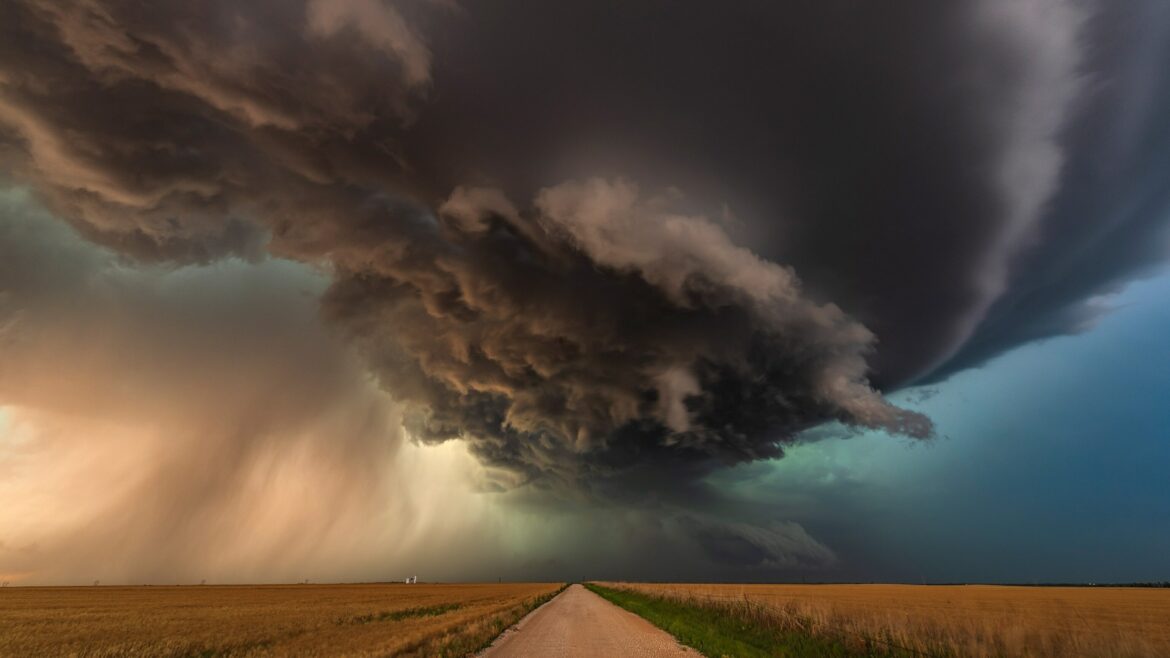A tornado is a violently rotating column of air that extends from the base of a thunderstorm to the ground. Tornadoes are capable of causing catastrophic damage, particularly from strong winds and flying debris. They typically occur in the spring and summer months in the United States, although they can occur at any time of year.
Tornadoes form when warm, moist air rises rapidly through the atmosphere and encounters a region of cooler, dry air. As the warm air continues to rise, it begins to rotate around the cool air. This rotation forms a large vortex of spinning air that can extend from the cloud base all the way down to the ground. If this vortex makes contact with the ground, it is then classified as a tornado.
The strength of a tornado is measured by its wind speed and is classified on either the Fujita or Enhanced Fujita Scale. The highest category on both scales – F5/EF5 – corresponds to tornadoes with wind speeds in excess of 313 km/h (195 mph). These storms are rare but can cause complete destruction, with nearly every man-made structure being leveled if caught directly in their path.
While most tornadoes only last for a few minutes, some can persist for over an hour before dissipating. On average, around 1,200 tornadoes touch down across North America each year, causing approximately 80 deaths and 1,500 injuries annually. The majority of these storms occur in “tornado alley” – an area stretching from central Texas up through Oklahoma into Kansas and Nebraska – where conditions are often favorable for their formation. With advances in technology and weather forecasting over recent years, however, warnings about approaching storms have become increasingly accurate and reliable


